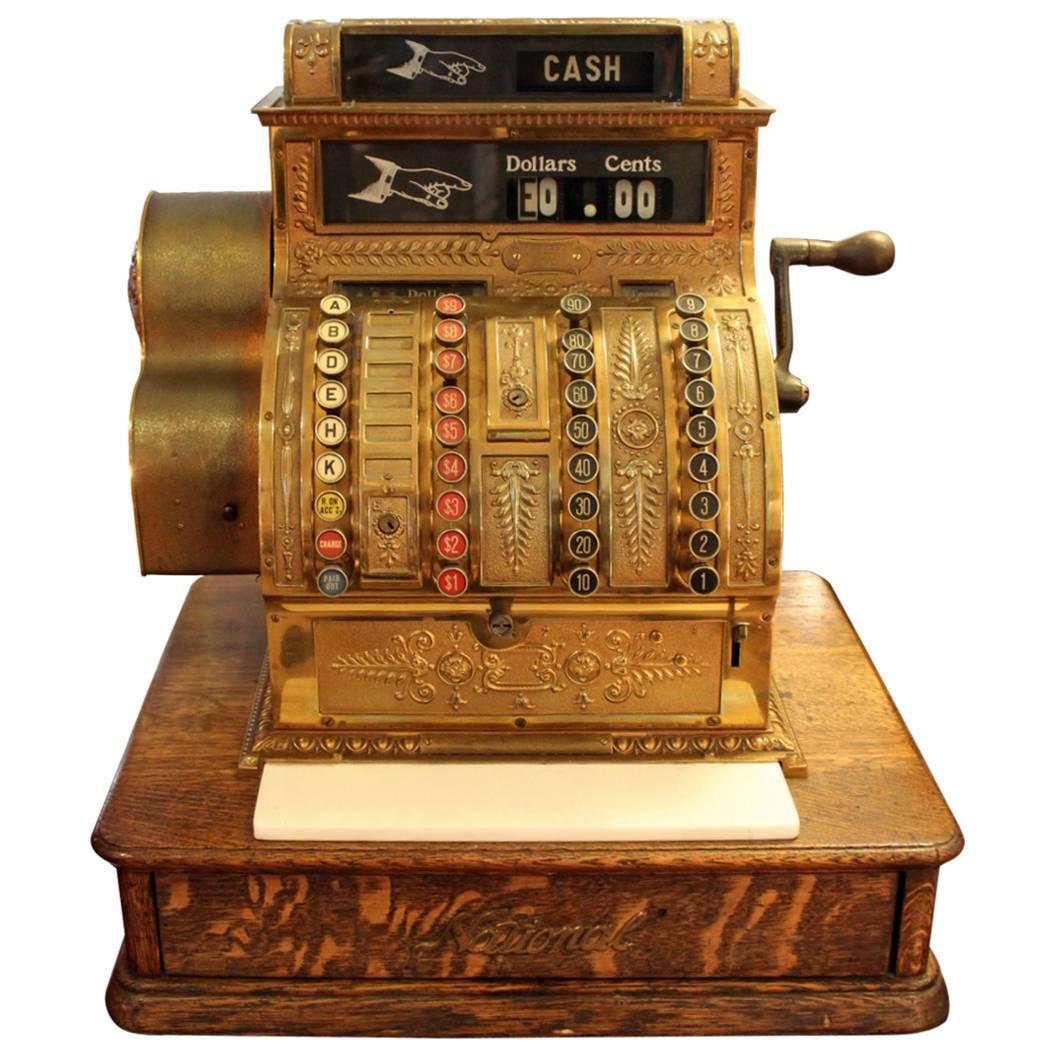Christianity was introduced to England in the 2nd century AD. It was spread through Roman merchants that shared stories about Jesus with the locals of the lands they were visiting. By the 4th century pagan beliefs were still being practiced, but there was also a strong following in England.
Carolingian Renaissance
The Carolingian Renaissance takes place among the reigns of Charlemagne (768-814) and his son Louis the pious. This renaissance is a sort of revival for preserving material from the past. Mostly the preservation of religious texts.
Charlemagne wanted to bring back a Roman Empire that the ancient Romans would have been proud of. To accomplish this goal, he searched for people skilled in arts, like writing, painting, and building. He wanted to encourage education among the people.
In 787 Charlemagne wrote a letter to the bishops and abbots saying that all cathedrals and monasteries were to establish a school. Clergies and common folk were to be able to learn reading and writing in these places. Some of these schools would become some of the earliest universities.
It’s because of the Carolingian Renaissance that we have this easier to understand writing system. Before the Carolingian Renaissance things were written in all capital letters with no spaces and no punctuation. JUSTIMAGINETRYINGTOREADSOMETHINGLIKETHAT







